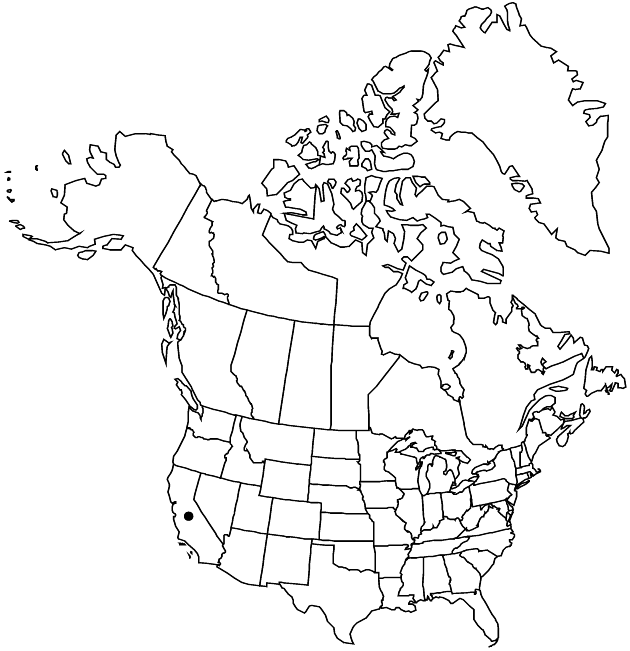Difference between revisions of "Artemisia rothrockii"
in W. H. Brewer et al., Bot. California 1: 618. 1876.
FNA>Volume Importer |
FNA>Volume Importer |
||
| Line 55: | Line 55: | ||
|publication year=1876 | |publication year=1876 | ||
|special status= | |special status= | ||
| − | |source xml=https://jpend@bitbucket.org/aafc-mbb/fna-data-curation.git/src/ | + | |source xml=https://jpend@bitbucket.org/aafc-mbb/fna-data-curation.git/src/f50eec43f223ca0e34566be0b046453a0960e173/coarse_grained_fna_xml/V19-20-21/V19_874.xml |
|tribe=Asteraceae tribe Anthemideae | |tribe=Asteraceae tribe Anthemideae | ||
|genus=Artemisia | |genus=Artemisia | ||
Revision as of 20:21, 16 December 2019
Shrubs, 20–50 cm (sticky-resinous and dark green throughout), pungently aromatic; not root-sprouting (trunks relatively narrow). Stems white (becoming dark gray with age), canescent (bark exfoliating). Leaves persistent, light or dark gray-green; blades long-cuneate to lanceolate, (0.4–)1–1.5(–2) × 0.2–0.4 cm, 3-lobed (lobes to 1/3 blade lengths, rounded, margins sometimes entire, somewhat wavy), faces densely to sparsely canescent, gland-dotted, sticky-resinous. Heads (erect, sessile or pedunculate) in paniculiform arrays, 5–15 × 1–2(–3) cm. Involucres broadly ovoid, 3–5 × 4–6 mm. Phyllaries (usually gray-green) ovate, densely or sparsely canescent. Florets 12–20; corollas 2.5–3.5 mm. Cypselae 0.8–2 mm, (smooth), resinous. 2n = 36, 54, 72.
Phenology: Flowering mid summer–all.
Habitat: Clay soils of mountain meadows
Elevation: 2500–3100 m
Discussion
Artemisia rothrockii is known only from the central and southern Sierra Nevada and the White Mountains of California. In the Rocky Mountains, A. spiciformis has been confused with A. rothrockii. Distinctive chemistry and anatomical structure of the leaves support the distinctness of A. rothrockii (L. M. Shultz 1986b). Intermediate characteristics suggest a hybrid origin from races of A. cana and A. tridentata.
Selected References
None.
